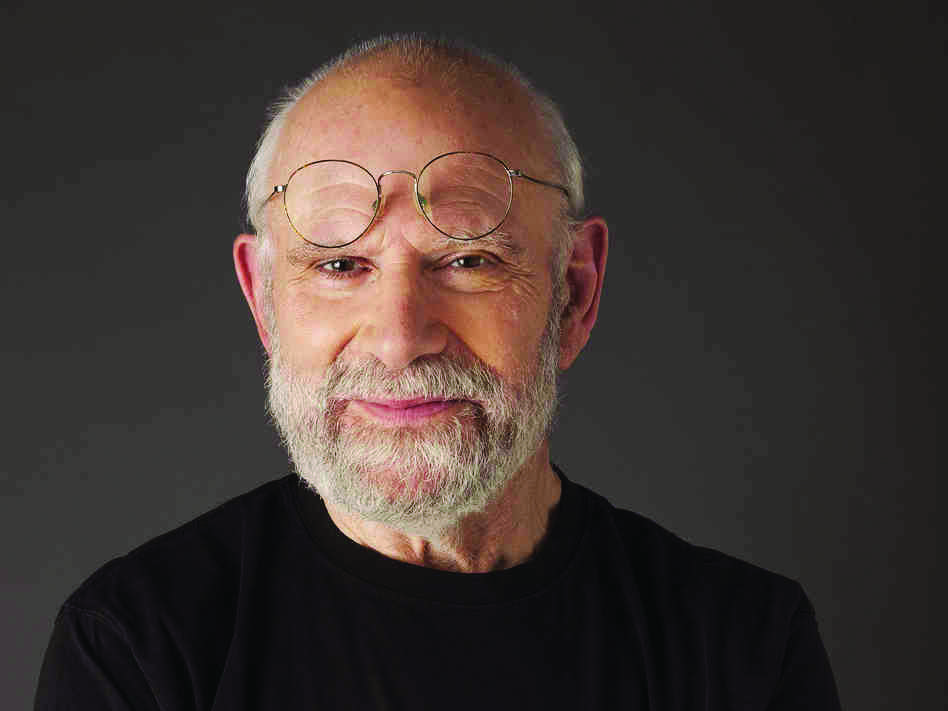“Hallucinations” dampens the wonder
It’s no hallucination: this is author Oliver Sacks
This month, I’ve chosen Oliver Sacks’ new non-fiction work, “Hallucinations.” What are they? As Sacks notes, they are seeing, feeling, hearing, and smelling things that aren’t there. According to Sacks, hallucinations are very common. And most types of hallucinations have nothing to do with one’s mental stability. Hallucinations offer us a special type of window into our brains. Sometimes they occur without reason. Other times they occur via disease, drug enhancement, or certain medical conditions. They affect humans of every age, gender, and race. Sacks’ book is filled with examples of real life hallucinations, even his own. If you’ve ever wondered is behind those inexplicable “episodes” you’ve had, this is the book for you.
Hallucinations are so common and familiar that they are now categorized. Charles Bonnet Syndrome (CBS) hallucinations are common in those with visual impairment. People with CBS hallucinate colors, shapes, patterns, people, texts, musical notes, and other symbols. Sensory deprivation can cause similar hallucinations (imagine a prisoner in solitary confinement). People can hallucinate sounds (hearing your name called when there’s no one there) or hallucinate smells (getting a whiff of fresh lilacs in the dead of winter).
Musical hallucinations are quite common. Sufferers hear the same song repeated in their heads. (Imagine hearing the “Oompa Loompa” song over and over.) Parkinson’s disease is ripe for hallucinations, thanks to the medication that is necessary for treatment. Epileptics and sufferers of narcolepsy hallucinate, by the nature of their illness. Of course, there are hallucinatory drugs and their effects. A lesser known hallucination is the migraine aura. And people suffering from high fevers or sleep deprivation often hallucinate. It is common for amputees to have phantom pains in their missing limbs. Finally, Sacks considers out of body experiences or near death experiences forms of hallucinations, instead of encounters with God.
Whatever type or kind of hallucination a person has, the actual experience can run the gamut from being blissful to terrorizing. Even though most people know they are hallucinating, the actual experience seems so real. Sacks plausibly provides the background neurological science for each of the above situations. He makes an interesting point that we all have the capacity to hallucinate.
One caveat I have with Sacks is that he is so sure of himself. Why can’t scientists, as Iris Dement sings, “let the mystery be?”
Because such is the nature of science—the race and the fierce desire to know. And so, while Sacks demystifies hallucinations so we can all understand them better, and accept them in ourselves and others without judgment, he also dampens our spirit of wonder. As for me, I’d rather wonder; but that’s a call you’ll each have to make for yourselves.






